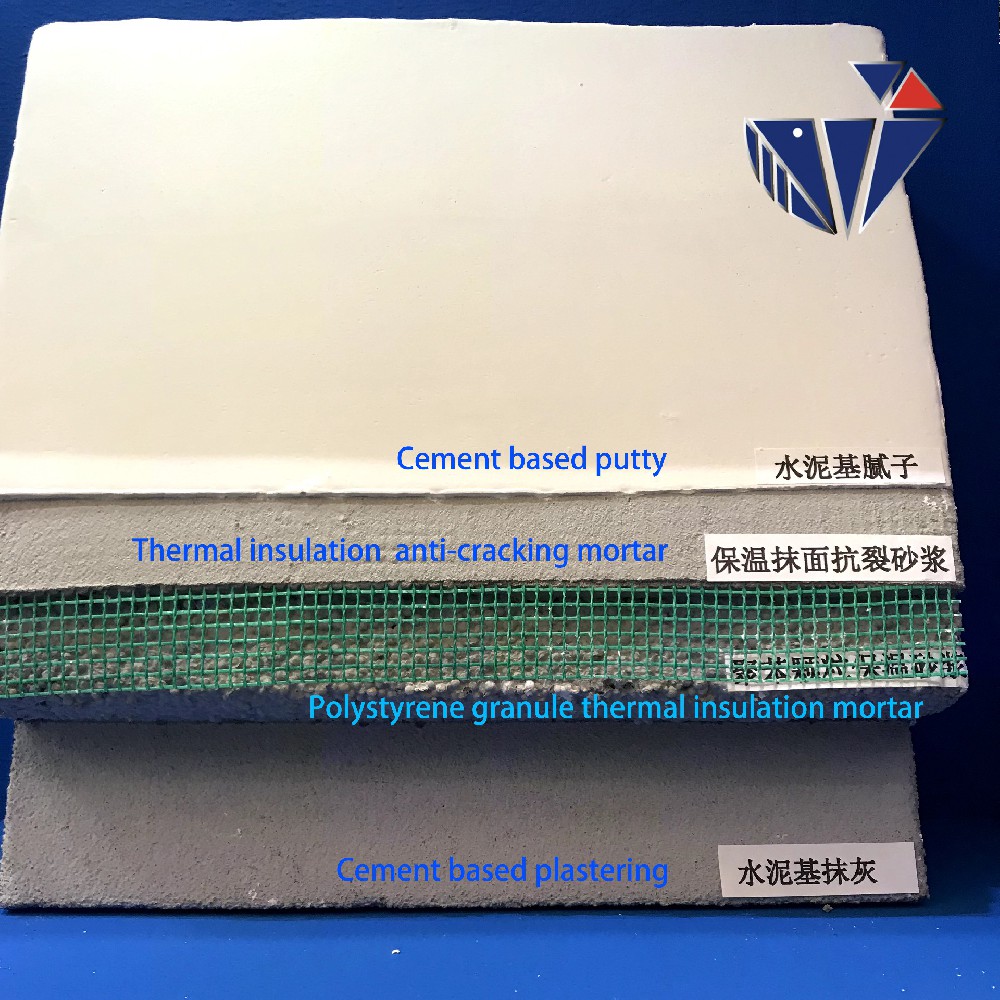
നവം . 06, 2024 21:42 Back to list
Guidelines for HPMC Use in Gypsum-Based Plaster Applications
HPMC for Gypsum Plaster Enhancing Performance and Versatility
Hydroxypropyl Methylcellulose (HPMC) is an essential additive in the construction industry, particularly in the formulation of gypsum plaster. This non-ionic cellulose ether is synthesized from natural cellulose, and its application in gypsum plaster has gained popularity due to its numerous benefits. This article elaborates on the role of HPMC in gypsum plaster, highlighting its characteristics, advantages, and practical applications.
Understanding HPMC
HPMC is a versatile polymer that boasts properties such as water retention, improved workability, and non-toxic nature. It is soluble in water and forms a gel-like consistency when mixed with liquid, which is crucial in achieving the desired texture and performance in construction materials. The various grades of HPMC available allow for customization based on the specific needs of gypsum plaster formulations.
Role of HPMC in Gypsum Plaster
1. Water Retention One of the primary functions of HPMC in gypsum plaster is to enhance water retention. When HPMC is added to gypsum formulation, it allows the mixture to retain water longer during the setting process. This property is essential as it facilitates the hydration of gypsum, ensuring better strength development and reducing the risk of cracks.
2. Improved Workability HPMC significantly improves the workability of gypsum plaster. The addition of HPMC leads to a smoother and more consistent application, allowing for easier handling and spreading. This is particularly beneficial for contractors and builders who need to achieve a seamless finish with minimal effort.
3. Enhanced Adhesion Gypsum plaster mixed with HPMC exhibits better adhesion properties. The polymer enhances the bonding between the plaster and the substrate, which is vital for the durability and longevity of the plaster. This adhesion is crucial in preventing peeling and flaking over time, maintaining the aesthetic appeal of walls and ceilings.
hpmc for gypsum plaster

4. Reduction of Shrinkage Gypsum plaster can undergo shrinkage as it dries, leading to cracks and imperfections. The incorporation of HPMC helps mitigate this problem by slowing down the drying process. By controlling the evaporation rate, HPMC minimizes the risk of early drying, thus reducing shrinkage and resultant cracking.
5. Improving Open Time The addition of HPMC extends the open time of gypsum plaster, allowing workers more flexibility during the application process. This extended period means that plaster can be worked over more prolonged periods without setting too quickly, which is beneficial in larger projects where multiple layers might be applied.
Applications of HPMC in Gypsum Plaster
HPMC is increasingly being used in various formulations of gypsum plaster, including
- Interior Wall Plaster HPMC-enhanced formulations are commonly used in residential and commercial buildings, providing a smooth surface and excellent finish for paint and wallpaper applications. - Ceiling Applications The lightweight nature and improved adhesion properties of gypsum plaster with HPMC make it ideal for ceiling applications, where aesthetics and durability are paramount. - Repair Mortars HPMC is widely utilized in repair mortars, where it helps to achieve a strong bond to existing surfaces, minimizing the chances of cracking and ensuring longevity.
Conclusion
In conclusion, the integration of Hydroxypropyl Methylcellulose (HPMC) into gypsum plaster formulations offers multiple benefits that enhance both performance and versatility. From improving water retention to ensuring better adhesion and reducing shrinkage, HPMC plays a vital role in producing high-quality gypsum plaster suitable for diverse applications. As the construction industry continues to evolve, the demand for functional and sustainable building materials will likely increase, positioning HPMC as a crucial component for future innovations in gypsum plaster. By utilizing HPMC, manufacturers and construction professionals can ensure that their projects meet the highest standards of quality and durability.
In a world where efficiency and performance are critical, HPMC in gypsum plaster not only fills the gap but also raises the bar for the quality of construction materials, paving the way for smarter building solutions.
-
Unlocking the Benefits of HPMC Products: A Gateway to Versatile Applications
NewsAug.07,2025
-
Tile Bonding Cellulose: The Key to Superior Adhesion and Durability
NewsAug.07,2025
-
Hydroxypropyl Methylcellulose Powder: The Versatile Component in Modern Pharmaceuticals
NewsAug.07,2025
-
Hydroxyethyl Cellulose: The Versatile Solution for Various Industries
NewsAug.07,2025
-
Hydroxyethyl Cellulose (HEC): The Versatile Polymer for Various Applications
NewsAug.07,2025
-
The Ultimate Guide to Mortar Bonding Agent
NewsAug.06,2025







